You’ll probably have noticed that this week’s episode is a little on the late side, and the main reason for this is because I’d received enough email from people interested in the Hokkaido Workshop to make it worthwhile putting some time into actually planning it out more and seeing if it is really viable. So starting last weekend I did just that, planned it all out, put together and itinerary and made lots of phone calls, and created a new Web site for the Workshop. If you are at a computer now, take a look at www.mbpworkshops.com. I’ll put a link in the show-notes too so that you can check it out later. It’s a simple enough Web site but pretty much all the information you’ll need to decide on whether or not to join us is now online at this location. If anything is still not clear having taken a look at the main page there, but you are interested in coming along, please do drop me a line and let me know. Anyway, as this has taken up all my free time, I wasn’t able to prepare a Podcast, so also to advertise the Workshop a little more, I figured it would take today’s episode to go through the details of the workshop, to help you understand what it’s all about.
Firstly, I’ve got to tell you that I am really excited about this Workshop and I’m so looking forward to meeting all of you that join us in Hokkaido next year, for what I’ve affectionately started calling The Winter Wildlife Wonderland Workshop! It’s a bit of a tongue-twister, but it really sums up Hokkaido, situated at the very top, the Northern-most island of Japan. It is not just an incredibly beautiful place, but it’s home to some amazing wildlife. You’ll see the majestic Japanese red-crowned crane, Steller Sea Eagles and White Tailed Eagles. We’ll also see Ezo Deer, and if we’re lucky some foxes, and maybe even owls if we’re really lucky.
As the winter in pretty harsh in Hokkaido because the weather kind of drops down from Siberia and the first place it hits, is Hokkaido, there’ll also be some breath-taking Winter Landscapes that we’ll try to pull in as much as we can. For those that have listened to the Podcast for a while, you’ll know that I’ll be able to help you out with all sorts of shooting situations, as well as keeping you busy with shooting ideas and mini-assignments. I will also be making sure that you know everything you need to know to keep yourself and your camera going, in some pretty harsh weather conditions. I will be on hand the whole time to give ad-hoc advice and instruction to improve your photography and make your time in this Winter Wonderland the as rewarding as possible. To enable us to do as much as possible, within reason, some of the tuition will be given actually on the bus while travelling to prepare for a specific location. We will also have sessions at the hotel and hold review sessions to view each others’ images to find out what we did well, and what didn’t go so well, so that you can hopefully improve your techniques as the workshop progresses.
I’ve spoken to people over the years that have said they’d like to come to Japan to shoot, but have shied away because of the language barrier. If you are one of these people, there is no need to worry. Without blowing my own trumpet too much, I am totally fluent in Japanese both written and spoken, and will help you as much, or as little as you need. You might even be able to learn some Japanese while you’re here!
So, who is this Workshop for?
Anyone that can stand cold weather and loves wildlife, nature and photography, and anyone that wants to improve their photography while shooting the shots of a lifetime. Note that most of the tutoring will assume at least a basic understanding of photography and your equipment, but Photographers of all skill levels are very welcome. Even if you are an advanced or professional photographer you will benefit from this Workshop, and will take away some new skills and certainly some great photos. I’ve made some of the keywords on the Web page links to some example of the sort of subjects you’ll be able to shoot, so you can click these to see a few mini-albums, and I’ve added a row of thumbnails in the middle of the page to add a little visual element and to point out my favourites of the batch.
So, where will we go? There is a table with the itinerary in the middle of the page, but to quickly go through the details, we will meet at around 7AM at Haneda airport, which is about 30 minutes by train from Tokyo. Haneda airport is mostly for domestic flights, so you’ll actually fly in to a different airport called Narita airport if you are coming from another country. If you need help arranging a hotel on the Sunday night, please let me know and I’ll see what I can do. We will fly to Kushiro Airport leaving just before 9AM, and arrive mid-morning. We will have a chartered bus with a professional driver that will meet us at the exit of the airport. This is good, because you really need someone that knows how to drive on the icy roads and often bad weather conditions in Hokkaido.
First off, we’ll spend just 20 to 30 minutes to drive to the Akan International Crane Center. By the way, I’m going to include a number of images today, but will just call out the number, and not go into details on each image. I’ve spoken about most of them before anyway, but really just want to concentrate on explaining about the Workshop. Anyway, one of my favourite crane shots is actually a close-up, which is image number 1203, which you’ll be able to see now in iTunes or on your iPod. It’s also included in the MP3 files if you listen to those, and you can see them on the mbpworkshops Web site that I mentioned earlier or from my Podcasts page at martinbaileyphotography.com. When we get to the Akan International Crane Center we will spend anything up to the whole day shooting the cranes and trying out some techniques.
Before we even get there I’ll have talked you through the best way to meter these high contrast scenes, and we’ll start to put that into practice immediately. We won’t have far to travel after this to our hotel for the first night, but I am going to keep open the possibly of driving a short way to Tsurui Village as we get to the end of the day. This will depend on how many cranes there are at the Akan Center, but if there aren’t so many, we will move to the Itoh Crane Sanctuary before daybreak and hopefully try some panning shots as it gets darker. This travel won’t be in vein as I’m planning to book us into a hotel in the Tsurui Village itself.
Once we get to the hotel, you will have a chance to take possibly your first bath in a large Japanese bath, and then we’ll all get together in a large room for dinner, and we can then start to reflect on the day, and take a look at some of our images if people have ways or have indeed had the time to already select a few before dinner. I’ll also start to discuss what will be in store for the following day at this point, and continue to inject techniques that will be necessary as we continue the Workshop and Tour. We can have a few beers and get to know each better as well, but trying not to overdo it, as we have to be somewhere before dawn the following morning.
So, on Tuesday the 29th we’ll head over to the Otowa Bridge, and if you listened to Episodes 71 to 74 of this Podcast you might remember that this means the “Sound of Wings”. And this is exactly what we’ll be there for, to hear the sound of the wings of Japanese Red-Crowned Cranes, but hopefully not before photographing them in a misty river as the first light catches the mist. Now, I don’t want to get your hopes up too high here. It has to be minus 15 degrees Celsius or 5 degrees Fahrenheit before mist form on the river at dawn. I’ve visited this spot a number of times and not yet caught this. You can see a shot from this bridge but without the mist in image number 1253. If we are lucky though, we’ll be in for a treat, and we are definitely going to be there at the right time of the year to have the highest possibility of being in luck. If there are no cranes in the river, which is possible if it’s warm, well, not exactly warm closer to freezing than minus 15, we’ll head around to the Itoh Crane Sanctuary straight away, which is where the cranes would be if not in the river. There we’ll try and catch some cranes hopefully dancing with their breath freezing at it comes out of their mouths. We’ll call in here anyway, even if the cranes are at the river, and then we’ll catch breakfast.
After breakfast we’ll go back to the Sanctuary and shoot the cranes for the rest of the morning and then make our way over to the Kussharo Lake where we will spend the afternoon photographing Whooper Swans. An example image is 894.The lake will be frozen of course, apart from a small area where hot springs flow into the lake, which is the reason many swans choose to Winter here as opposed to heading much further south, to slightly warmer climes. Again, we’ll stay here until it gets well into twilight, so we’ll be able to get some panning shots here too, with a different subject.
The following morning, on Wednesday the 30th, it will be another pre-dawn departure as we head to the Bihoro Pass for a Winter Landscape shoot at sunrise. You can see an example shot from here in image number 886. Again, it will be cold, so you’ll need to be prepared. We’ll get to what you need shortly. After shooting from Bihoro Pass we’ll go and get breakfast, and then start a long driver to Rausu, where we will photograph Eagles and Ezo Deer, and if it’s there, so sea ice floes, before sundown. Rausu is on the South-Easter side of the Shiretoko Peninsula, which is registered as a Unesco Natural Heritage site. Because it’s on this side of the Peninsula though, there will be no sunset to shoot.
The following morning though, on Thursday the 31st, weather permitting, we have another highlight of the Workshop. We’ll head out into the Rausu harbour on a chartered boat to photograph Steller Sea Eagles and White-Tailed Eagles and probably also the Sunrise from the boat and also shoot the birds on the sea ice if it’s there, similar to shot number 267, from my 2004 trip. Again, there’ll be some techniques you need to shoot these birds, especially as they fly around the boat, which we’ll cover the previous night after dinner and I’ll help with again while on the boat.
The Eagles in the shot I just mentioned are Steller Sea Eagles, so to see the White Tailed Eagle, you can take a look at number 874. This was shot at the Akan Crane Center by the way, the first place we’ll visit on Monday morning. You’ll see a lot more of these in Rausu, but I like this shot because it has the cranes in it as well.
After that we’ll go back to the hotel for breakfast, and then possibly find some eagles or deer in the trees surrounding the town as we start to head out to drive to Utoro on the other side of the peninsula. This is usually just a driver through the mountains, taking about 30 minutes, but in the Winter the road in impassable because of the snow, so we have to go around, taking about 3 hours. Here we’ll visit a nature center part way up into the mountains and hopefully be able to Photograph Ezo Deer in their element, as I did in image number 927. The other attraction in Utoro is there is a much higher chance of seeing some spectacular sea ice. The ice floes make there way down from Siberia to this point, and the reason why there’s less chance of seeing this in Rausu the previous day is because the Shiretoko Peninsula actually stops it to some degree from flowing around to the southern costs of Hokkaido. The other good thing about Utoro is that we are now on the North-Western cost of the peninsular, so at this time of the year, if weather permits, we’ll have a sunset to shoot at the end of the day, if you still have the energy.
By the morning of the last day, Friday many of you will be ready for a nice lie-in in a warm bed or futon, and we’ll probably give the bus driver a lie-in too, but depending on the weather, there will be another dawn shoot close to the hotel. You often find that the Deer come down into the town around dawn so we may well get some nice shots around the hotel without going too far afield. We’ll do some Landscape work after breakfast, and again, depending on conditions either shoot the ice floes, go back into the mountains for deer or possibly foxes, and then mid-morning we’ll start to work our way over to the Memanbetsu Airport taking in some Landscape shooting as time allows. Then in the mid-afternoon we’ll finish the Workshop and take the flight back to Haneda Airport in Tokyo and go our separate ways.
The itinerary is subject to change during the workshop based on weather conditions, and you also need to note that although I’ll do my best to keep us on track, there is always a chance in a place like Hokkaido that severe weather conditions could set in, stopping us from doing some of these things. Buy signing up you will be agreeing that I shall not be held responsible in this case.
So, what Photography gear do you need to bring?
You will need one, and preferably a second SLR camera so that you can keep a telephoto on one, and a standard zoom on the other, so that you can capture birds far away, but can also quickly grab a standard zoom to shoot them as they fly close by or overhead. Hi-end compact digitals might work if they are new and have virtually no shutter lag, but otherwise, an SLR is the way to go. You can be shooting film or digital, it doesn’t really matter, but if you have a choice, go for digital. Film can become very brittle in sub-freezing temperatures. If you shoot digital, make sure you have plenty of memory, or a laptop or portable storage to backup your shots to so that you can format your cards and fill them again.
With regards to lenses, you’ll need a telephoto lens, no shorter than 200mm, but 300mm or longer is advisable. If you have a 100-400mm zoom that will work great, and if you have a 400, 500 or 600mm lens, BRING IT! Standard lenses like a 70-200mm is perfect for both landscapes and closer wildlife and mid-range zooms like a 24-105 will be useful too as an all-rounder. If your mid-range zoom doesn’t go so wide, a separate wide angle lens, either prime or zoom for Landscape work will help too. We may have some uses for a macro lens, but if weight doesn’t allow, leave it out.
You’ll need a goot sturdy tripod, if possible taller than your eye level when standing up straight, as the legs will sink in the snow. If you can bring both, a monopod will be useful too, for shooting from the boat or panning shots, but this is not critical as you can use tripod with legs together for this. You’ll want to bring a polarizer filter to fit at least your wide and standard focal length lenses and bring lots of spare batteries – battery life is greatly diminished in sub-zero temperatures. If you shoot digital, bring at least four batteries, but I seriously advice you to bring more if possible. Even if you shoot film and only change your batter once every few years, bring a couple of spares, they may well go flat in the cold. If you do shoot film, bring enough for about three weeks shooting! Really, there’ll be a lot of photography, and you can’t buy film easily.
As I mentioned the Hokkaido winter is not for the faint-hearted, with temperatures ranging from 0°C (32°F) to possibly as low as -30°C (-22°F) for early morning shoots. It is important to protect yourself and your equipment from these conditions. For this, you will also need large plastic bags to fit your entire camera bag in and clips or ties to keep it air-tight, to stop condensation forming on your gear when moving into warm building from the cold and medium sized plastic bags to fit your camera in A) to stop condensation and B) to protect it while shooting in snow if it’s not weatherproof. Draping a towel over the camera in the snow also works, as it’s too cold for the snow to melt, so you can just shake it off every so often. A few large, strong rubber bands to keep the plastic bags in place on your lens will help too, but you may not need to do this in sub-freezing temperatures. If available, get a thermal camera cover for your camera with pockets for charcoal burners to keep your equipment warm and some kind of taping or foam padding on at least one of your tripod legs, to stop your hands from sticking to it in extreme cold. If you need help with the camera covers let me know and I’ll pick you one up and get the money from you later.
For yourself you’ll need some good thermal underwear, long-johns and thermal shirts, preferably long sleeved and one or two pairs of padded trousers, like the ones used for skiing but not brightly coloured or you’ll scare off the wildlife. Waterproof, preferably Gore-Tex® or similar trousers and down jacket are pretty much essential. You’ll need some thermal Boots with a sole good for walking on snow and ice, or some good quality winter hiking boots and thick warm socks. A nice warm hat that comes down over your ears or a hood on your down jacket will help.
You’ll need a thin pair of thermal gloves, with rubber grip on the fingers and palm so that you can operate your camera with them on and a second larger pair of over-gloves like down gloves, that can be worn over your first pair for additional warmth. Bring one or two polar fleeces, or nice warm woolly jumpers or sweaters if you’re from the States. One or two Hand Warmers and Foot Warmers that go inside your boots will help to keep the cold at bay. Like the camera covers, if you cannot get any of these items, let me know in advance, and I’ll see if I can stock these things for you. Note that if you use charcoal burning hand-warmers do not bring your charcoal on the plane, even in checked luggage. It will be confiscated. You will need to send it to the hotel on the first day or ask me to get it for you and send it on.
So, the all important question, how much is all of this going to cost?
Well, if we can get 10 people signed up for this, it will cost you US$1,950 or ¥220,000. You can pay in either currency, whichever suits you. If however, we get 15 attendees or more, this will come down to US$1,720 or ¥189,000, so bring your friends! If the price comes down after you sign up and pay, I will refund you the difference. Please don’t wait to see if the price changes either, as whether or not we do the workshop depends on us initially getting at least 10 attendees.
By when do you have to pay?
At least your initial deposit of $250 or ¥25,000 will be required to confirm your attendance and book your slot, payable by October 21st. If you pay the entire balance by October 21st you will receive a discount of $50 or ¥5,000. I will put a link to pay either way, in each currency on the Web site within the next few days. If you just pay the deposit by October 21st, the remaining balance will be payable no later than January 7, 2008.
What is included in the Package?
Almost everything after us meeting at Haneda airport until we say goodbye at Haneda airport. That is, it includes the cost of the flights to and from Hokkaido, all accommodation and meals while there, the chartered bus with professional driver to transport us all over Eastern Hokkaido and a modest charge for my Tuition fees and any supporting materials that I bring along, and all other administration fees. It includes admission fees to planned facilities and excursions, like the chartered boat and admission to the Akan International Crane Center.
What is NOT included in the Package?
Your flight or travel fees to Haneda airport, Tokyo, Japan, and travel Insurance. I tried, but I am actually not able to take out travel insurance in Japan for people travelling into Japan from other countries, so you need to fully cover yourself for the entire length of the trip in advance of departure. Note that I also cannot take out insurance for you in case you fall of the side of a frosty mountain or something. The conditions are harsh, and by signing up you will be agreeing to take a certain amount of risk and/or the necessary insurance out before leaving home. This also does not include insurance for your equipment and belongings if not included in your travel insurance. You are responsible for covering your equipment against theft and damage. The evening meals will include a few beers I imagine, but if you want more than I have budgeted for, you are welcome to order more and pay for it yourself. Finally, if we decide to do anything not in the original plan that incurs admission fees that may not be coverable by our budget, so we’ll have to pay individually.
So, if you are interested, what should you do next?
As I say, I will put a number of payment buttons on the mbpworkshops.com Web site within the next few days, so all you need to do is pay your deposit. If will remove the buttons if we should fill up all the spaces, so if the buttons are there, it will mean you’re OK to book. As I say, you can pay the full amount now too, and until October 7th, that will save you $50 or 5,000. If you choose to pay just the deposit, the balance will be due no later than January 7th, 2008. As I finalize bookings etc. this might come in a little bit though, so please do check back. Of course, once you’ve paid your initial deposit I’ll have your contact details so I would let you know of any slight changes in advance.
If you are interested but still have some outstanding questions, please don’t hesitate to contact me with the contact us button on the Web site or my main Web site at martinbaileyphotography.com, or mail me on workshops@martinbaileyphotography.com. If you do use one of the Web forms, please double check your mail address in the form, because if it’s not valid, I won’t be able to get back to you. You will also be CC in the mail, so if you don’t receive a copy of the mail, you’ll know something is wrong too. Either way, if you don’t hear back from me in 48 hours, please mail again.
So that’s it for today. Hopefully even if you aren’t planning to join us it was good to hear what we’ll be getting up to next January. I really do urge you to consider coming though. Sure, it’s not cheap, but when you consider all the things we’ll do and that I’ve included domestic flights, chartered bus and driver costs, as well as all the hotels and meals, you’ll be able to appreciate that I’ve really not added a whole lot for Tuition, and definitely very reasonable by comparison to many Workshops that you can attend in most other countries.
If you would like to join a workshop to brush up on your photography and meet some new friends, but my Workshop doesn’t quite fit your bill or your budget, then you might also want to consider a few of the other PhotoCast Network members’ workshops that are also being planned at the moment. Namely, John Arnold is currently taking booking for his PhotoWalkthrough workshop. It will be in the UK and being held at Crewe Hall which is a wonderful old stately home. The course is being co-hosted by Chris Marquardt of the Tips From The Top Floor Podcast. And the course will cover elements of composition, lighting, post processing and printing. And the cost includes nights in the hotel as well as bed, breakfast and evening meal in their award winning bistro. All the details are available at www.photowalkthrough.com/workshop and there’s an early booking discount of £50 for those that sign up before the end of December.
Chris Marquardt is holding four workshops in the US, titled “Learning to See”, each being 4 days, and extending over a weekend so people won’t have to take off more time than necessary. Workshops will start on Sep 22nd in Colorado, and then cover California, Minnesota and Florida throughout the month of October. The course will be highly interactive, focusing on image composition and the general topic of “seeing a picture” before you take it, and as with the Tips from the Top Floor podcast, everyone is welcome, no matter if it’s with an entry-level point-and-shoot camera or a fancy digital SLR.
So, with that, this really has turned out to be a Photography Workshop special! Again, I hope you found it useful, and I really do urge you to get involved in one of these. You will be amazed how much you grow as a photographer having taken some professional tuition. Thanks for listening, and you have a great week, whatever you’re doing — Bye-bye.
Show Notes
The new MBP Workshops Web site is here: http://www.mbpworkshops.com/
The music in this episode is from the PodShow Podsafe Music Network at http://music.podshow.com/
Subscribe in iTunes for Enhanced Podcasts delivered automatically to your computer.
Download this Podcast in MP3 format (Audio Only).
Download this Podcast in Enhanced Podcast M4A format. This requires Apple iTunes or Quicktime to view/listen.

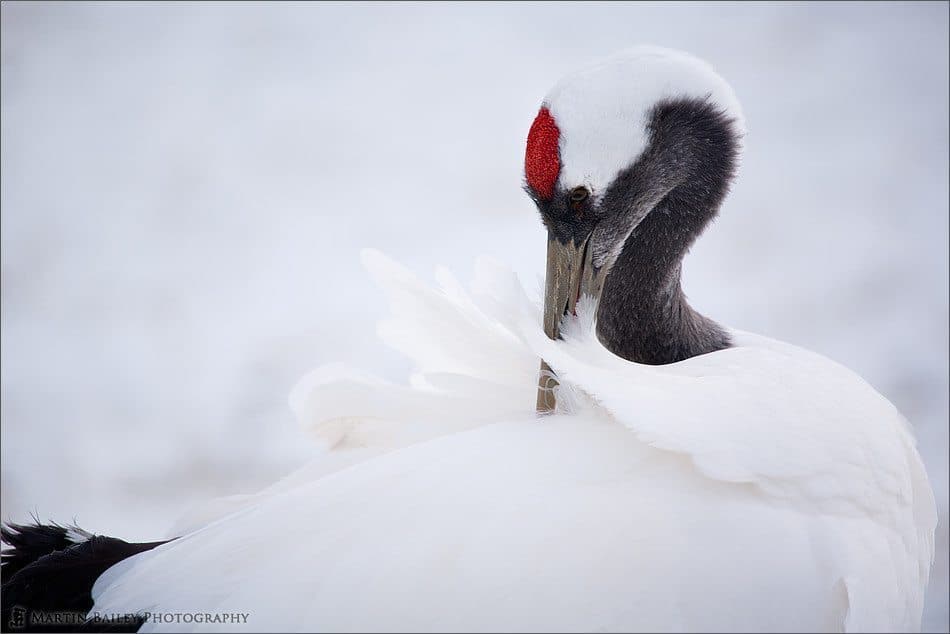
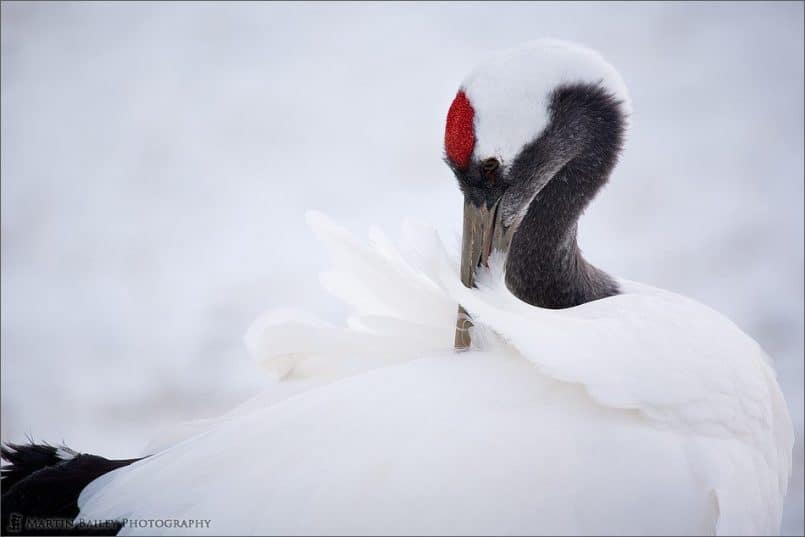
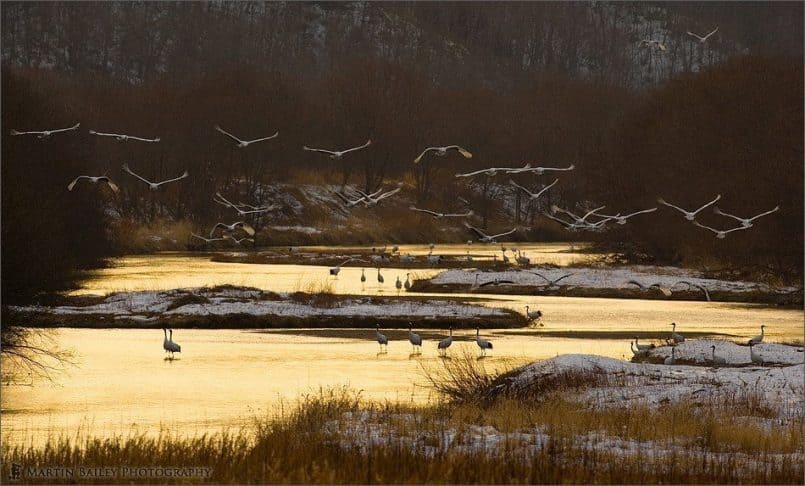
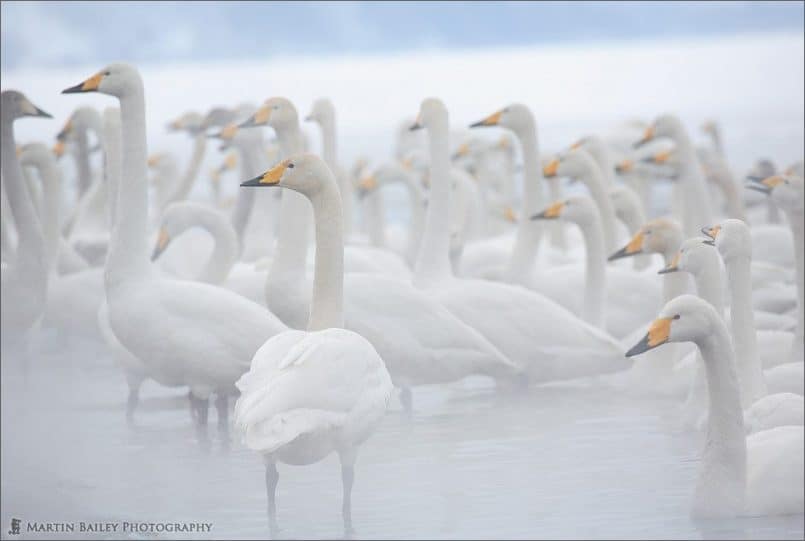
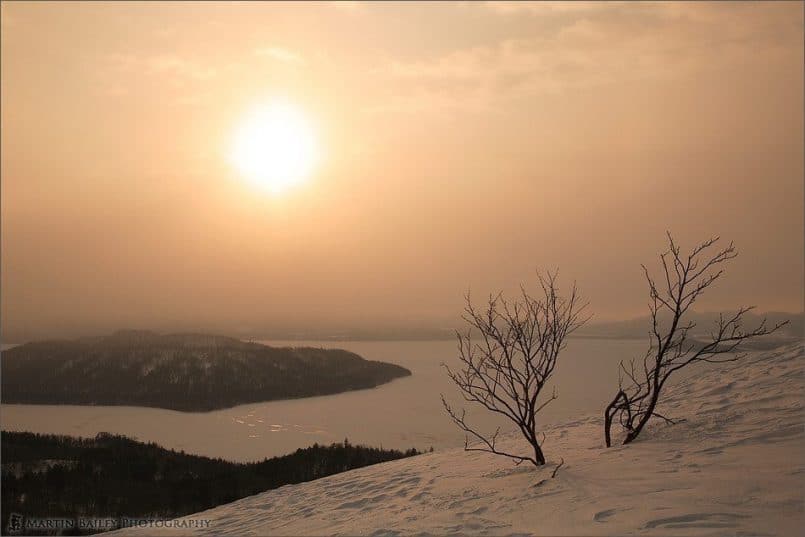
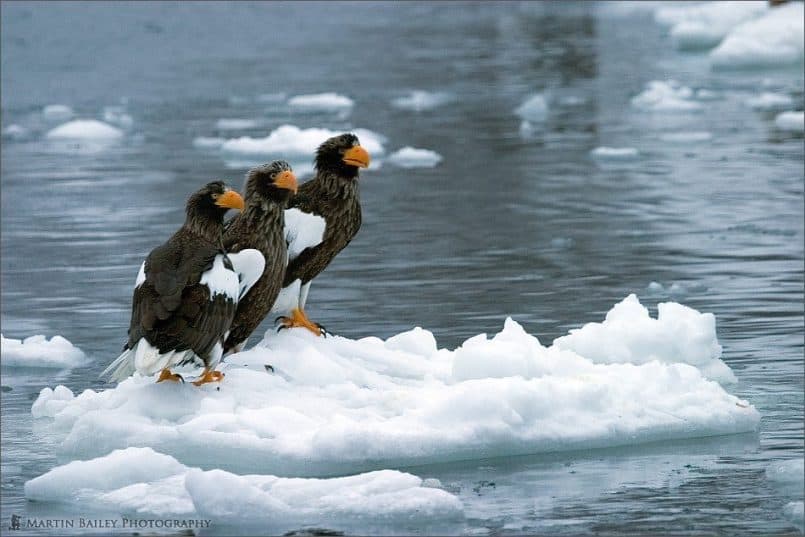
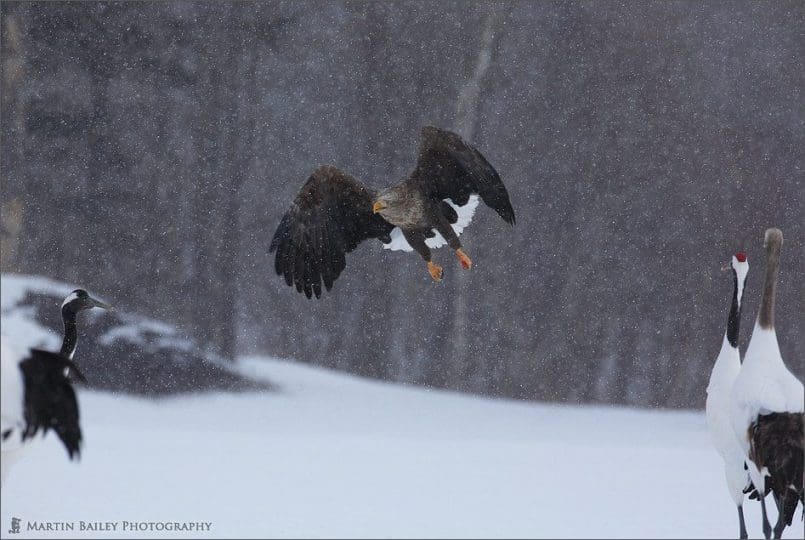
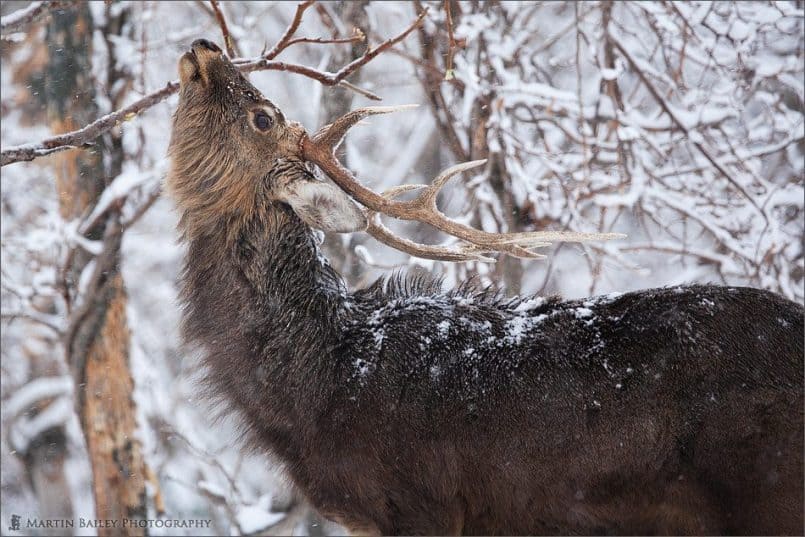

0 Comments